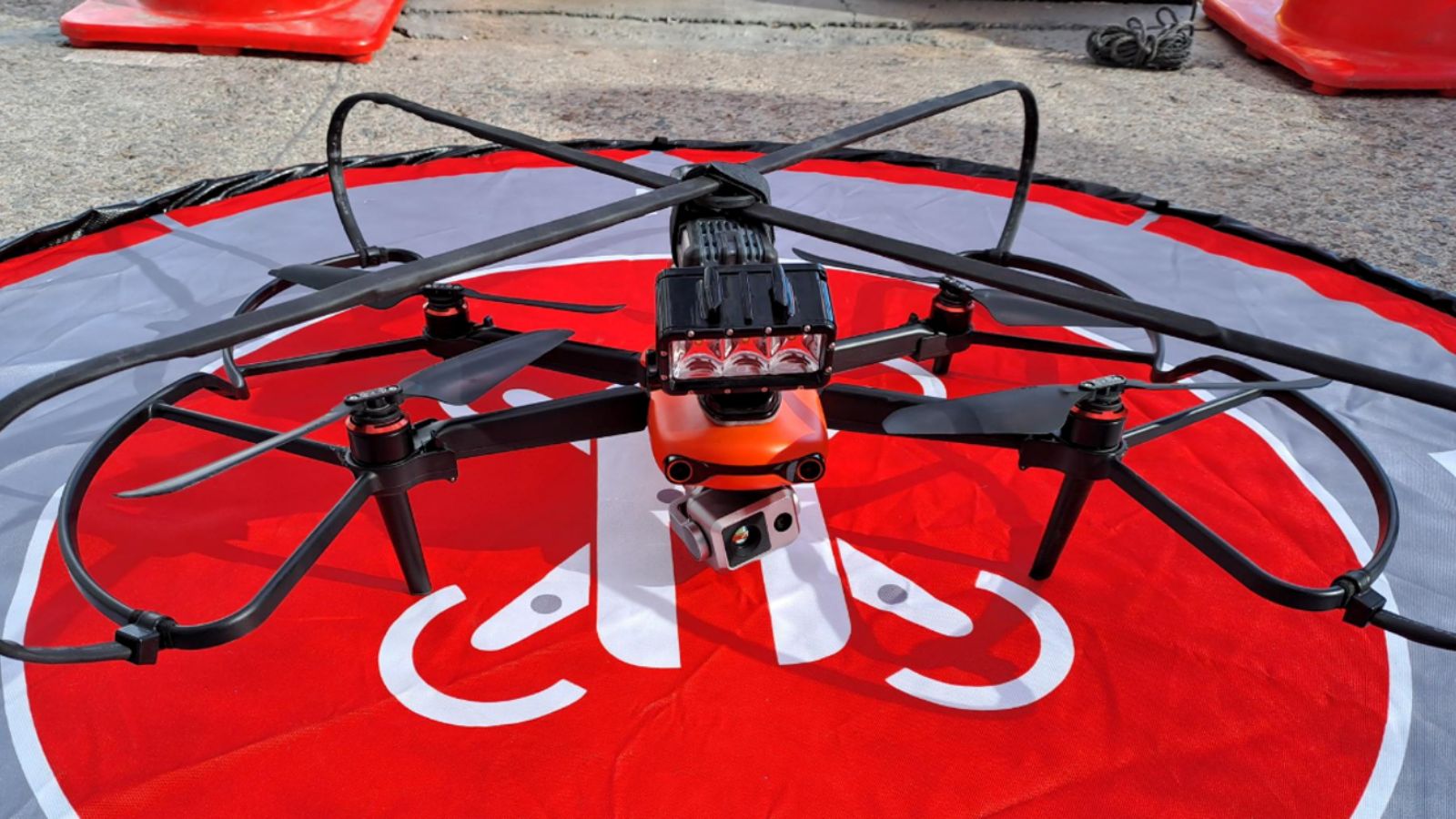We take it as an opportunity for machines to automatically perform tasks which may be dangerous or difficult for humans. The goal is to develop robotics towards self-sufficiency, with human inspired sensing capabilities, such as vision and touch that allow, on the one hand, mobility in an unstructured environment and, on the other hand, coexistence with humans in substations.

To improve network development and asset management efficiency
Completed

A network of cameras with different vision spectrums has been implemented at the Morvedre converter station, attached to the Morvedre-400kV substation, to inspect the state of the different elements of the substation, detect SF6 leaks, identify and record partial discharges and identify and control hot spots in any element of the installation.
The images captured are analysed and processed by the Edge Computing located in the same installation, applying artificial vision algorithms to report data of interest for the operation and maintenance of the substation to the different users in real time and without supervision.
To minimise the camera network, all of them are motorised with pan-tilt and some are located in fixed locations while others are housed in AGV robots to facilitate the inspection of elements that are more difficult to access.
• Use of autonomous robots in a transmission substation
• Use of Edge Computing in a substation
• Implementation of SF6 detection cameras and partial discharge detection cameras in robots
• Implementation of 5G communications in all elements of the system
• Implementation of artificial vision for the analysis of the inspection carried out both from the robot and from fixed cameras with different vision spectrum
Health and safety of personnel
Completed

Developed by Elewit in collaboration with Red Eléctrica and High Line Division S.L., this project has used a drone to measure air quality in the splicing chambers of underground cables in real time. This improves the safety of maintenance personnel and optimises operational and maintenance processes of underground electrical lines.
Development of a simple semi-autonomous solution that allows automatic monitoring of air quality in confined spaces, such as an electrical splicing chamber, without the need for personnel to be present inside the space or the installation of fixed equipment within the area to be measured.
Real-time measurement of gases inside a live splicing chamber using a drone operated from the outside in Beyond Visual Line of Sight (BVLOS) mode, i.e. without visual contact with the aircraft, remotely controlling it from a station and capturing real-time data on the condition of the facilities.
The project results demonstrate that the use of drones can improve personnel safety during maintenance tasks by enabling an initial assessment of the condition of the facilities without the need for a person to be present. Furthermore, all data collected could be integrated into the data capture methodologies being implemented in several digitalisation initiatives within Redeia, actively contributing to the operations and maintenance processes.